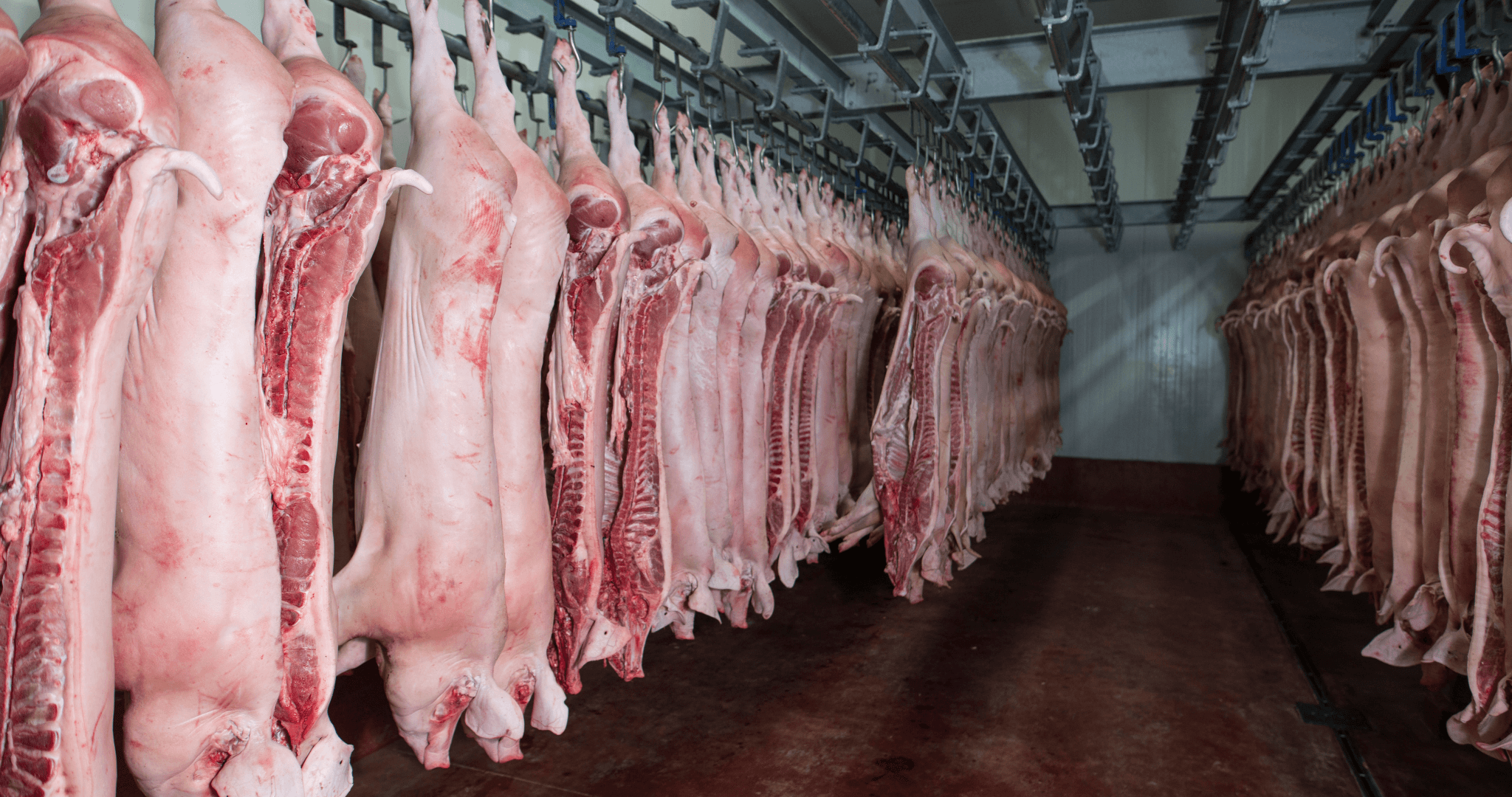Foodservice Price Inflation Continues to Decline
Posted by Emma on 30th Nov 2023 Reading Time:
In a significant development for the foodservice industry, the latest data from the CGA Prestige Foodservice Price Index (FPI) reveals that inflation has consistently declined, marking the fifth consecutive month of reduction. This decline has driven inflation levels to their lowest point since August 2022.

The numbers speak volumes, with the FPI showcasing a remarkable drop below 20% year-on-year (YOY), currently resting at 16.7%. This decline starkly contrasts the Consumer Price Index (CPI) for supermarkets, which is experiencing a significantly lower rise at just 8.5% YOY.
October also heralded another milestone – the first month-on-month reduction in the FPI since September 2021. This downward trend in foodservice price inflation is gaining momentum, sparking optimism that pressures on businesses and consumers will continue to ease as we move into 2024," observes James Ashurst, Client Director at CGA by NIQ.
However, it's important to acknowledge that while the situation is improving, these inflation rates are still relatively high, exerting pressure on prices and profits across the industry. As James Ashurst aptly puts it, "The long-term outlook for those in the foodservice chain remains good, but we are not out of the woods yet."
Looking at the breakdown, October's FPI data reveals that only one category, "oils and fats," managed to stay below the 10% inflation mark, standing at 4%. In contrast, vegetables continue to experience exceptionally high inflation rates, currently at 30%.

Overall, the FPI has witnessed a remarkable decline of 6.2 percentage points since its peak in December 2022, when it reached 22.9%. However, as Shaun Allen, Prestige Purchasing CEO, points out, "The Foodservice Price Index has risen by 40% over the past 24 months, and with inflation still at 16.7%, the compound effects of these continued high numbers need to be carefully monitored and managed."
The journey towards returning to normal inflation levels, typically ranging from 1% to 3%, is still a work in progress, with only about one-third of the path covered. This calls for continued vigilance and strategic planning within the foodservice industry.
How do you foresee the evolving landscape of foodservice price inflation affecting your business? Leave your comments below to join the conversation.

